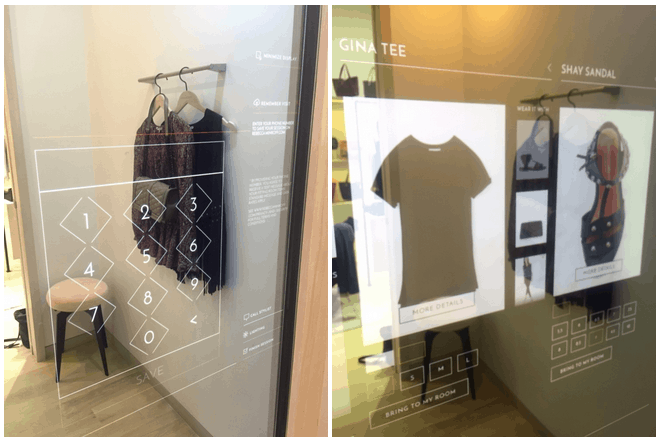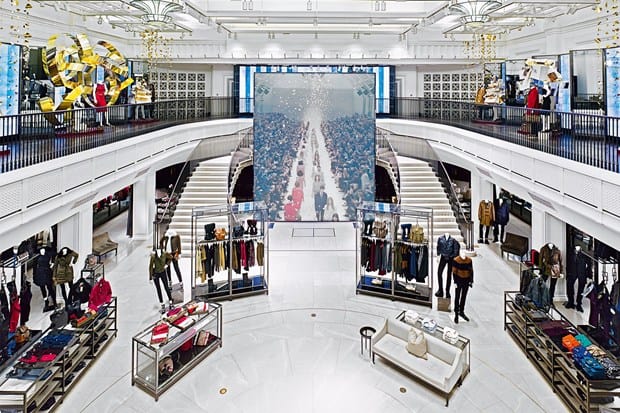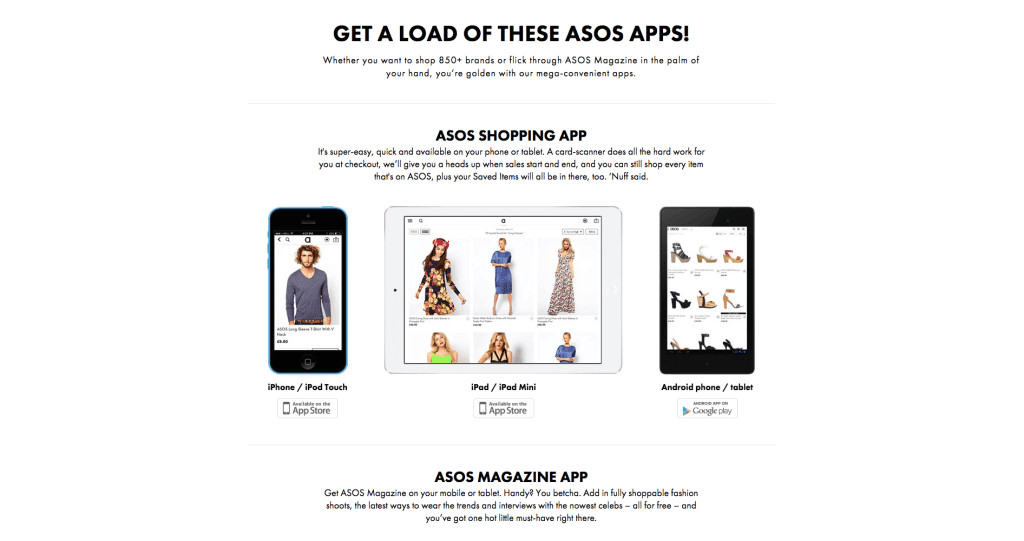In this article you’ll learn…
What is fashion tech?
With 595 billion Google search results, “fashion tech” is no longer an unwanted guest at your runway show! Tech companies have exploded onto the fashion scene due to their innovative business models and disruptive technologies, which are taking full advantage of opportunities to revolutionise the archaic, old-fashioned processes that the industry has historically been so reluctant to change.
Now all corners of the fashion industry reap the rewarding outcomes that technology can provide: brands and agencies are benefiting from a more efficient and transparent supply-chain; retailers are able to offer a consistent, personalized and cost-effective service across five different channels; most importantly, consumers are enjoying self-gratification through an effortless customer experience. It seems as if everyone gets a slice of the fashion-tech-berry pie, not to mention the global economy!
Where is fashion tech headed?
Big data! There’s a caged beast within fashion, which is the utility of big data. The world has become a digital vacuum of information, and the best companies understand that analysing this information to inform business decisions will lead to pioneering successes today and tomorrow. Big data analytics is being used to win across organisations and sectors -from the Obama administration’s re-election campaign to Germany’s 2012 World Cup victory - there’s no doubt that, when done effectively, data analytics helps to gain competitive advantage.
A data-driven approach has an immense capability to change the landscape of the fashion industry. Fashion brands and designers are becoming more and more informed about their audiences through today’s technology platforms intertwined with a more democratic culture. This is helping brands and consumers connect on a much deeper level than ever before. In the years to come, fashion brands will start to invest in sophisticated analytics software that is currently only being used by big companies such as GAP and ASOS, allowing them to objectively understand fashion trend, sales information and public reaction, using billions of data points from a wide variety of sources around the globe—from retail sites, social media, designer runway reports, and blogs— all of which is accessible in real time!
What impact will this have on fashion brands and their consumers?
By adopting this approach, fashion brands will self-sufficiently understand what products will work for their audiences and their targeted markets from season to season. This is a win-win for both fashion brands and consumers - the brands will be more profitable because they are making more products with less risk - and consumers will be happier because their favourite designers are producing what they really want, allowing them to be much more fluid with their style preferences.
What brands are adopting this already?
Rebecca Minkoff

Image from FashionStock.com/Shutterstock
Fashion brand Rebecca Minkoff teamed up with Amazon to create the first “connected store,” one ripe with new data-rich features such as mirrors doubling as touch-screens that track which clothes you purchase, which you pass on, and which items you might come back for later, providing the customer with the human elements of a bricks and mortar, as well as the intelligence that is offered from the laptop in your living room.
Burberry

Image from Wired.com
Walking into Burberry’s flagship store is just as, if not, more intuitive than purchasing online with stored data on customer’s preferences, sizes and recommendations for accessories. And not to mention their informative RFID technology on certain products, which display filmed content such as runway shows and press coverage on one of a hundred screens, offering their visitors a unique “consumer to concept” experience. With experiences like this, who could resist not coming back for more?
ASOS

ASOS teamed up with EDITD, a rapidly growing London-based start-up that provides big data insight on trend and pricing information, to focus on improving their pricing strategy. ASOS reported that they were able to boost sales by 33% over three months by being more competitive and tailored to their specific customers. In ASOS world, that’s well over £100m!!
What collective benefits will the fashion industry expect to gain from embracing a data driven approach?
Technology is a vehicle for continual improvement and innovation across the fashion industry. It allows companies to adapt to inevitable change, which in some cases would mean going out of business. We create 2.5 quintillion bytes of data every day, and while a lot of companies are better than others at systematically collecting this data, only a small minority are analysing it effectively to improve processes and make better business decisions. By taking a data-driven approach, fashion companies will be more informed, agile and proactive. It will allow brands and retailers to be more competitive, acquire more loyal customers, and maximise opportunities within their targeted markets.

Erin Christie
Hello,
I am starting an interior design business and feel this article really applies to my field as well. I would like to learn more about how to create a data based driven company.
Samira Hersom
Hi Erin,
Thanks for your comment! We will definitely be covering design in the future as a lot of the same principles do apply as in fashion.
Regarding how to create a data-driven company, we're very open to hearing your questions and answering these in a future blog post.